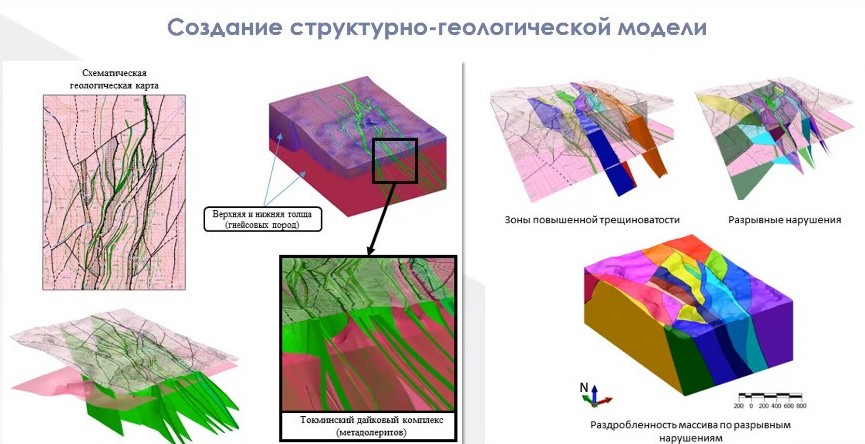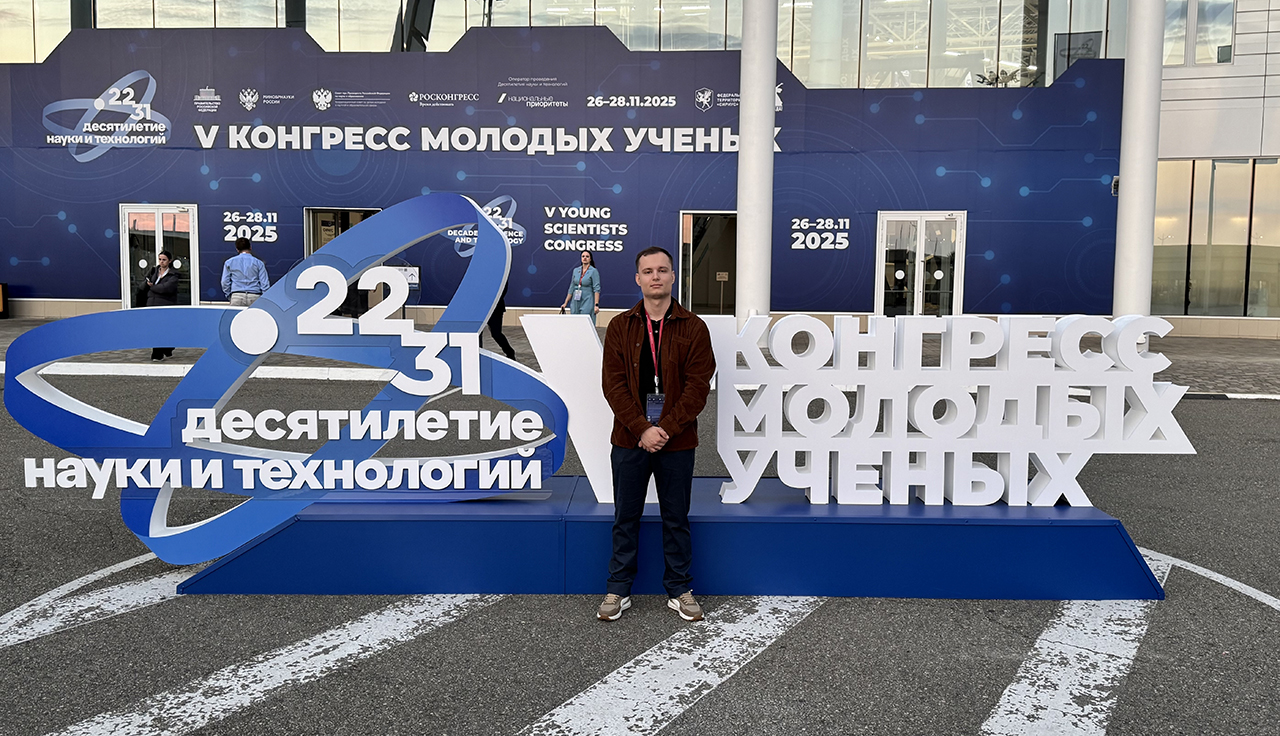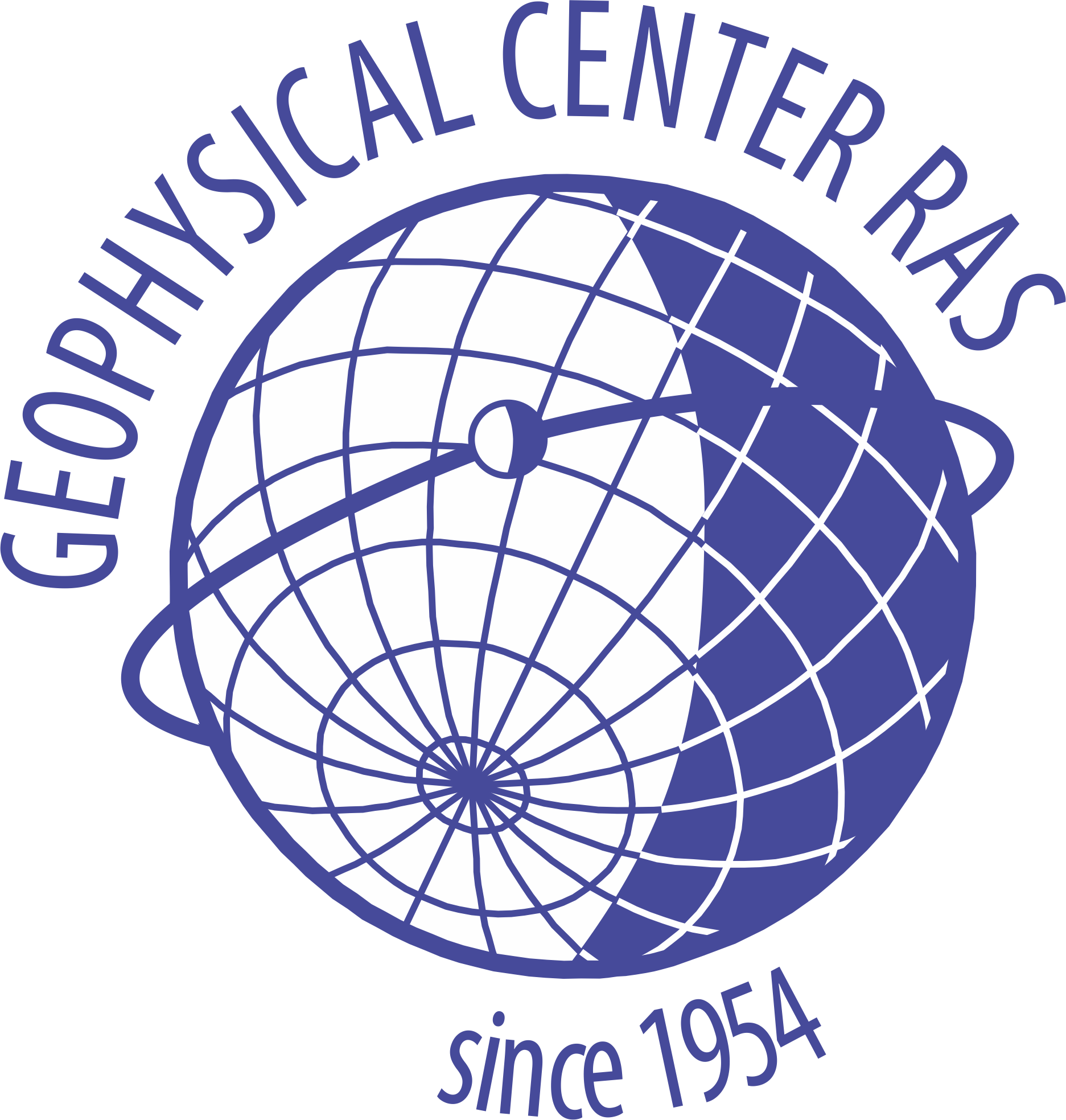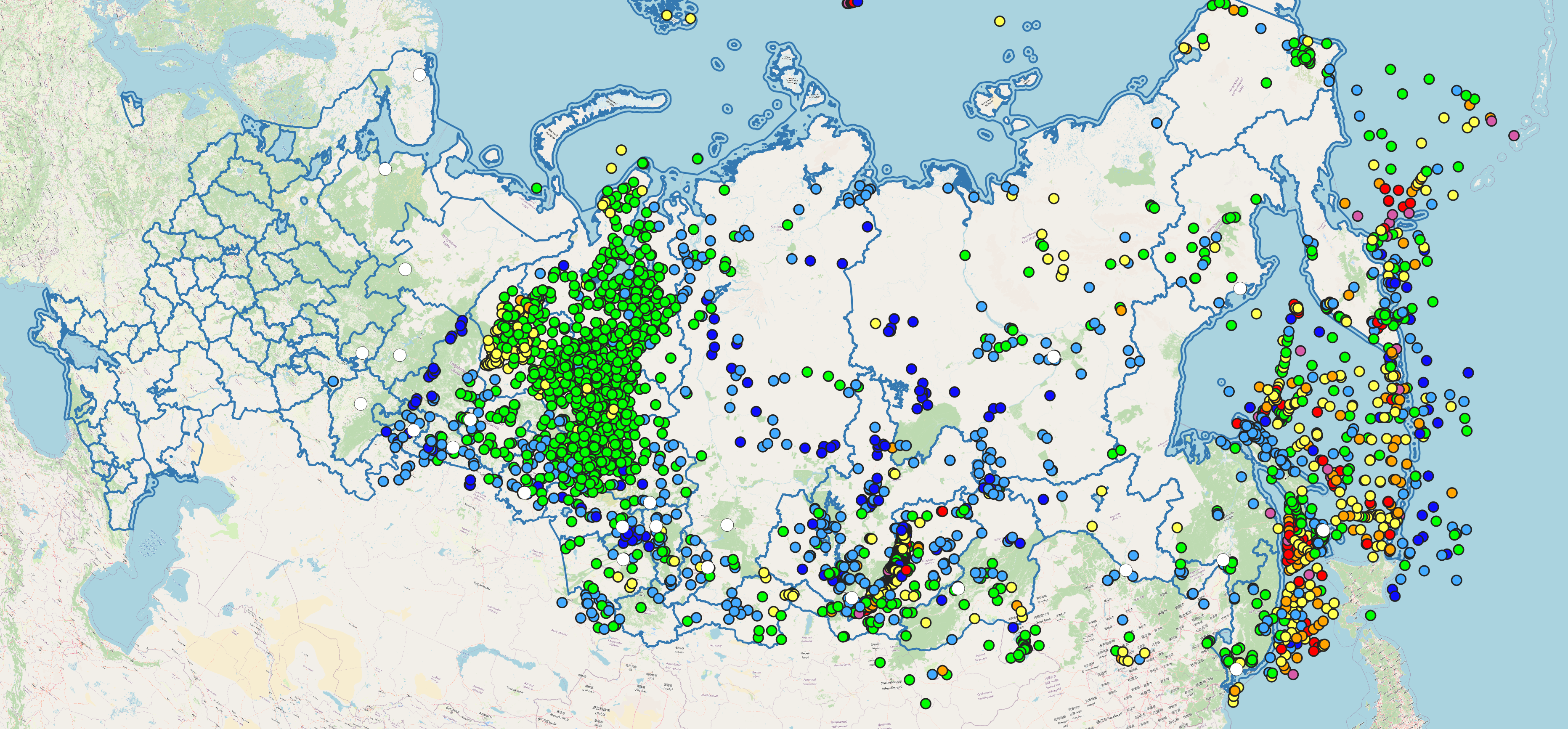December 20, 2023. On December 20, 2023, the Scientific Seminar of the GC RAS was held. Dastan Zhenishbekovich Akmatov, a junior research fellow at the Laboratory of Geodynamics of the GC RAS and a post-graduate at NUST MISIS, presented his report, titled «Development of a Three-Dimensional Geomechanical Model of the Yeniseisky region of the Nizhnekansk Massif for Assessment of the Stability of the Rock Mass during the Burial of Highly Active Radioactive Waste».
Today, many countries develop projects for underground isolation of high-level radioactive waste in various rocks: salts (Germany, USA), granites (Sweden, Finland, Switzerland, Canada, Russia), clays (France, Switzerland, Belgium), tuffs (USA), etc. International experience in the selection of sites for the disposal of radioactive waste is based on the search for the relatively stable areas of the least disturbed structurally tectonic blocks, which have maximum size.
When designing an underground research laboratory, we justify optimal research methods. This is based on models of the stress-strain state of rocks, which allow us to identify local stress concentration zones. The use of a three-dimensional model improves the reliability of calculations by setting boundary conditions that most adequately reflect the real geological environment. In the future, the three-dimensional model can serve as the basis for creating a unified information environment, also known as a digital twin, which will provide convenient access to geospatial data.









 Analytical Geomagnetic Data Center
Analytical Geomagnetic Data Center

